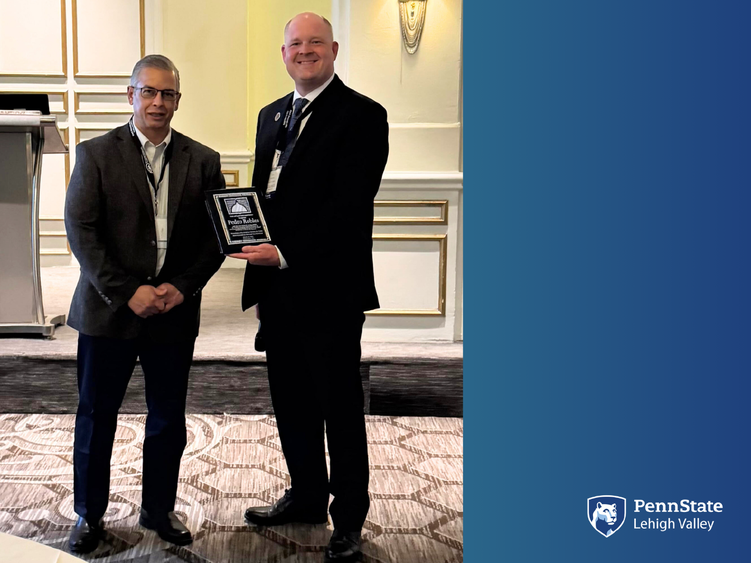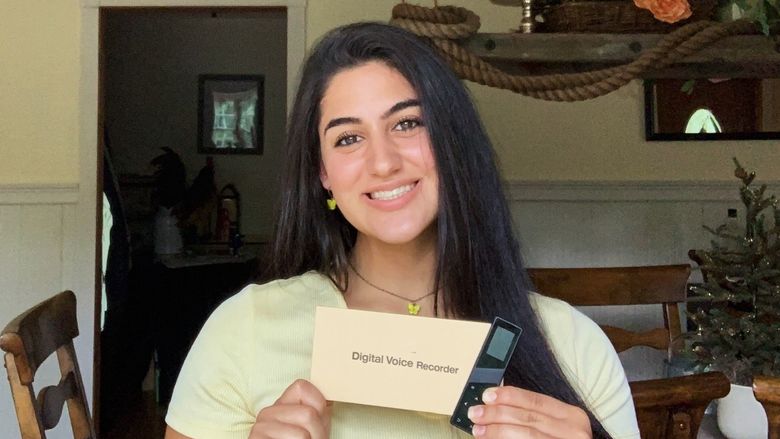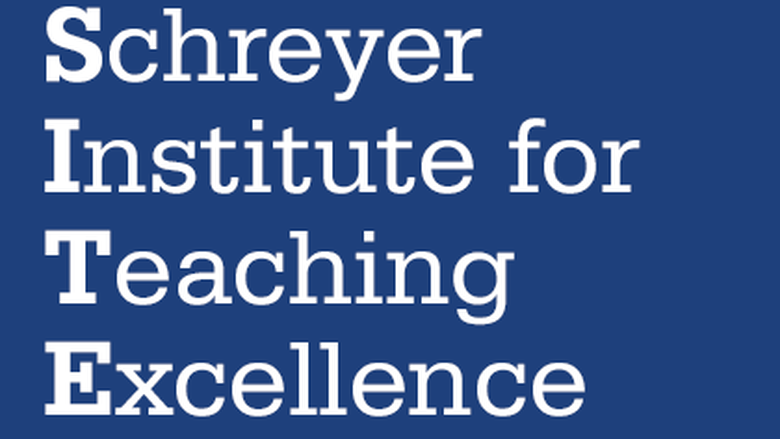
"Policy Learning and the Diffusion of Autonomous Vehicle Policy in the American States,” a research article by Pedro Robles, assistant professor of cyber analytics and operations at Penn State Lehigh Valley, was published in a recent edition of State and Local Government Review. It was also named Best Research Article by the American Society for Public Administration's Section on Intergovernmental Administration and Management (SIAM). Robles received the award at SIAM’s annual conference in March.
CENTER VALLEY, Pa. — For years, autonomous vehicles (AVs) — driverless cars — were strictly futuristic elements in sci-fi movies and novels. Today, they travel on our roadways. This raises the issue of how these vehicles should be regulated, which was the focus of a paper by faculty at Penn State that was recently recognized with the “Best Research Article” award by the American Society for Public Administration's (ASPA) Section on Intergovernmental Administration and Management (SIAM).
The article, which appears in ASPA’s journal State and Local Government Review and addresses the subject of policy learning and diffusion as they relate to AVs, was co-authored by Pedro Robles, assistant teaching professor of cybersecurity analytics and operations at Penn State Lehigh Valley, and Daniel J. Mallinson, associate professor of public policy and administration at Penn State Harrisburg. Robles received the award from SLGR at the ASPA conference in March 2025.
“The paper investigates how state governments are developing policies around autonomous vehicles. The paper is a theoretically informed empirical study using mixed methods and looks into the governance of these vehicles,” Robles said. “It focuses on policy learning and how state departments use policy learning for transportation, especially chief information officers.”
Because AVs cross state lines, state departments of transportation rely on each other — and often collaborate — to develop different policies.
“States don’t compete — they actually work together and learn from each other through engagement with intergovernmental agencies and collaboration with the private sectors,” Robles said. “These relationships help policymakers understand the technology to ensure AV technology is responsible, especially around deployment.”
The paper includes 13 interviews with officials from 12 states, as well as a quantitative analysis of the adoption of policies over time.
“It’s not just writing about a topic but actually including the data that was collected to form the policies,” Robles said. “Between the analysis and adoption of these policies and conducting actual interviews with chief information officers for several states, I can get a better understanding of what’s happening and why some states are deleting and lagging in the policies.”
According to Robles, the analysis indicated that income per capita, ideology and economic uncertainty influence adoption. The researchers concluded that policy learning — not competition among states — is the primary driver of early AV policy adoption. Intergovernmental organizations and private partnerships, Robles said, also play pivotal roles in AV policy development and learning.
“When I presented the paper at the [SIAM] conference, people were interested and asking me questions,” Robles said. “The State and Local Government Review received so many requests for this paper, and with the quality of the research, they recognized it making a meaningful contribution to the field. When I received word about the award and realized it was at an international conference, it was truly an honor.”
Mallinson agreed.
“It was such an honor to receive this recognition," Mallinson said. "This work was part of Pedro’s dissertation in the doctorate in public administration program at Penn State Harrisburg and the credit really goes to the groundbreaking nature of his work on emergent AI technology.”




